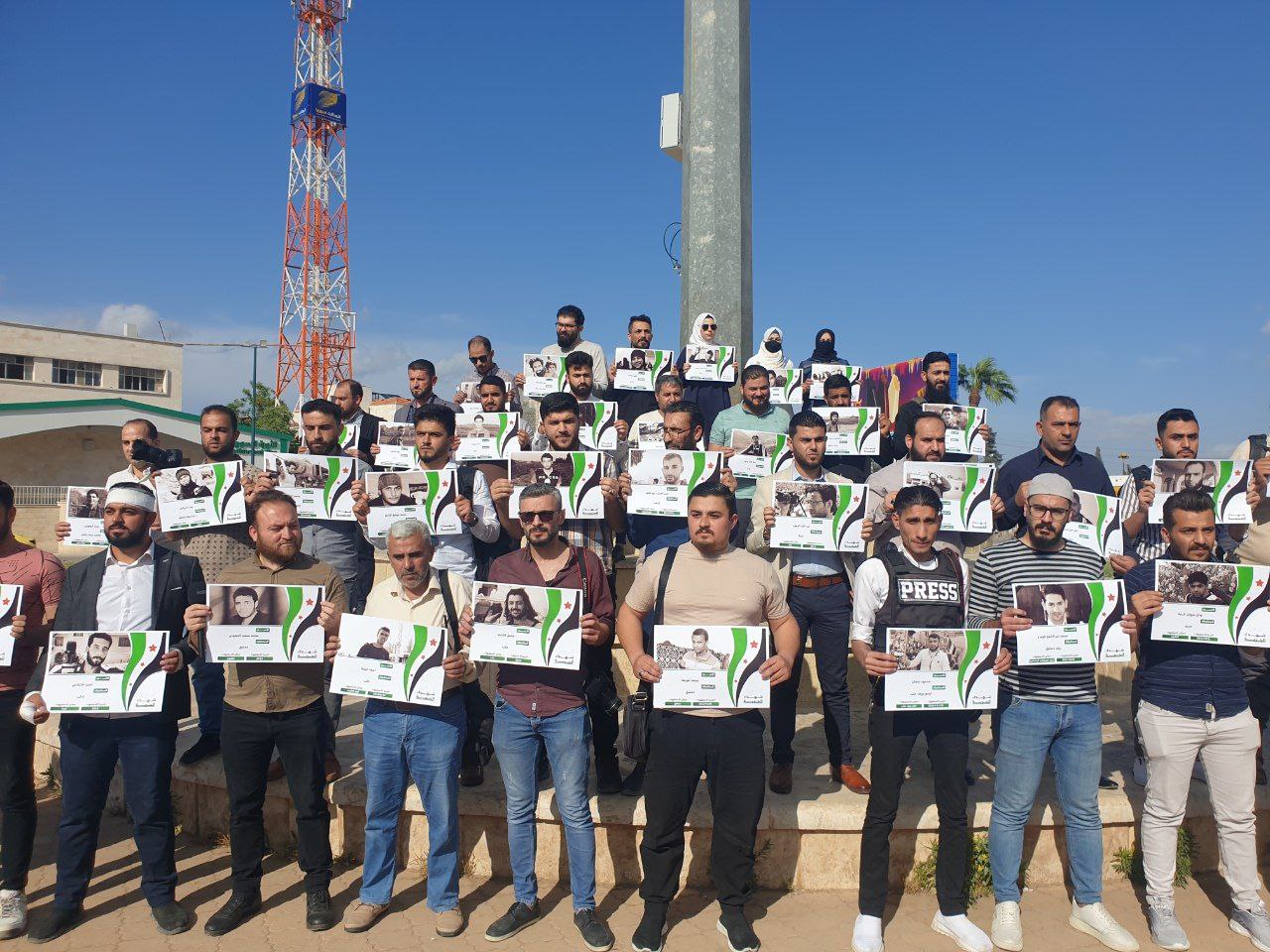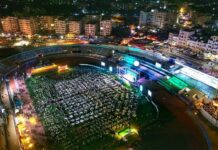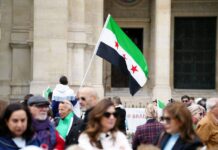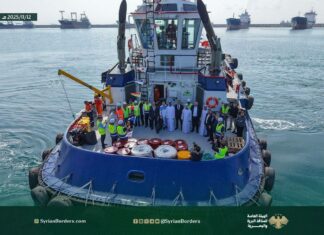
Today, on May 3rd, the world commemorates World Press Freedom Day, a day dedicated to celebrating the essential role of journalism in society and advocating for the protection of journalists worldwide. However, amidst the commemoration, the grim reality of threats and violence against journalists persists, particularly in conflict-ridden regions like Syria and Palestine.
In Idlib City, liberated northern Syria, Syrian journalists gathered at Seven Fountain Square to mark the occasion with a demonstration named “Martyrs of Freedom.” The event paid tribute to journalists who lost their lives during the Syrian revolution, showcasing their photographs as a reminder of the sacrifices made in pursuit of truth. Among the fallen honored was Muhammad Othman who was killed on 26 October, while covering the attacks on civilians in the residential neighborhoods of Idlib City.
The Syrian Network for Human Rights (SNHR) has documented a staggering toll on journalists in Syria since March 2011. According to their records, 717 journalists and media workers have been killed, with 53 falling victim to torture at the hands of various parties to the conflict and controlling forces. The Assad regime, which controls the Syrian state, shoulders the greatest responsibility for these violations, followed by Russian forces, which are staunch supporters of the Assad regime’s actions.
The situation is equally dire in Palestine, where journalists face grave risks in their pursuit of reporting. The Committee to Protect Journalists (CPJ) reports that in 2024 alone, 25 journalists and media workers have lost their lives, with the majority of casualties occurring in the ongoing conflict in Gaza. The International Federation of Journalists (IFJ) and CPJ estimate that over 100 journalists, predominantly Palestinian, have been killed in the first seven months of the Gaza conflict.
According to RSF’s 2024 World Press Freedom Index, Eritrea ranks at the bottom of the list for press freedom, followed closely by Syria. This ranking underscores the significant challenges faced by journalists in these countries, where government control and censorship severely limit journalistic activities.
Despite the challenges, efforts to safeguard press freedom persist. In the liberated north of Syria, the Syrian Salvation Government (SSG) has established a Ministry of Media tasked with facilitating journalistic work and ensuring the protection of journalists’ rights. According to recent statistics provided by the Ministry, the number of registered journalists has reached 392, with 162 press cards issued during the year 2024 alone. Additionally, 1,040 photography permits were granted to journalists for media coverage purposes, demonstrating the Ministry’s commitment to supporting journalistic endeavors.
This stands in stark contrast to the Assad regime’s continued crackdown on media freedom, which SNHR cited was exemplified by recent measures of the regime in restricting the issuance of identification cards and censoring social media platforms. As the world marks World Press Freedom Day, the plight of journalists in Syria, Palestine, and other conflict zones serves as a continuing reminder of the ongoing struggle for press freedom.









